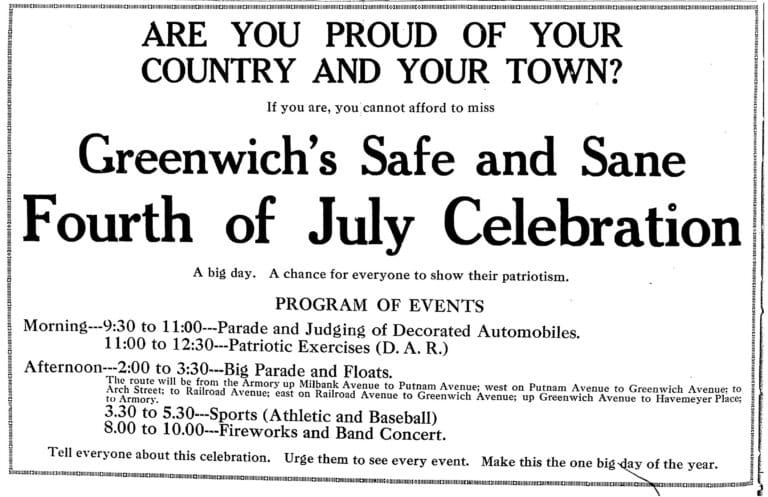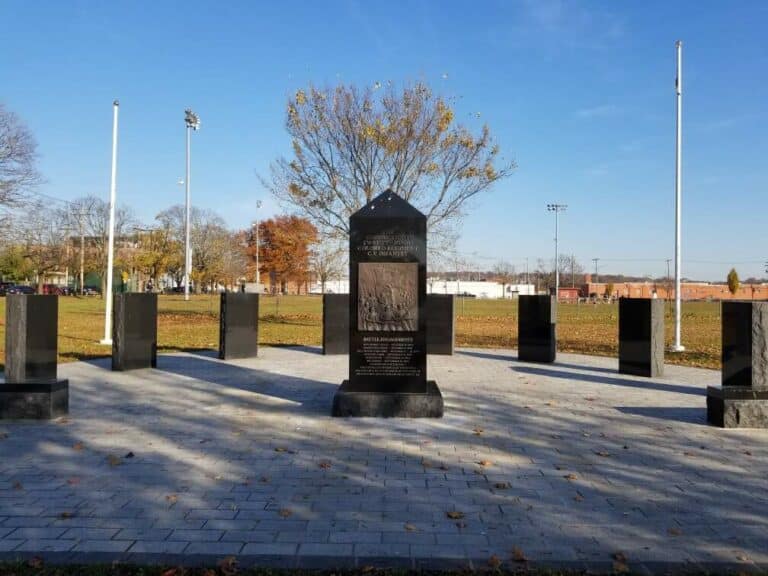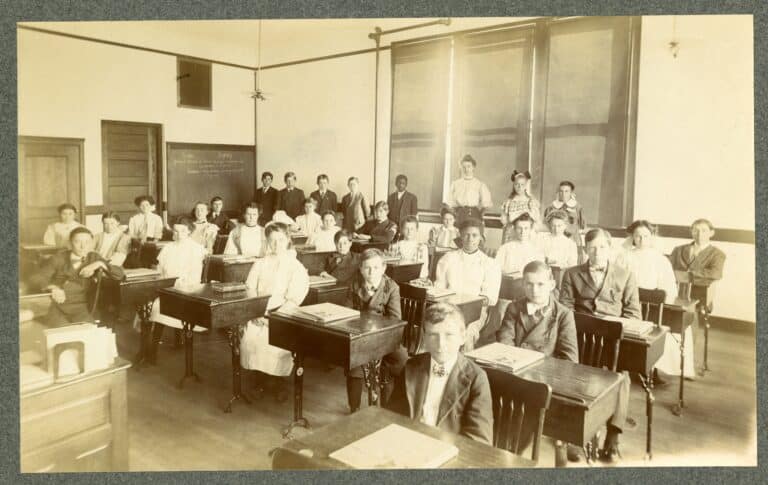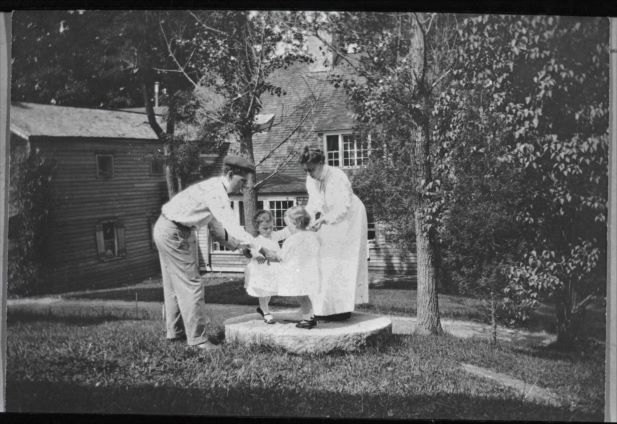The Fourth of July is a treasured early summer holiday that carries memories of family fun and celebration. It is an opportunity to reflect on the history of our relatively young nation and how living in the United States has shaped our lives both personally and collectively. And when the sun sets and countless displays of pyrotechnic wonder begin, people of all ages participate in a communal tradition that can be experienced by entire communities.
Of course, any holiday that is closely associated with items using black powder to create loud explosions seems bound to lead to some issues. A recent Consumer Products Safety Commission report indicated that there were over 10,000 fireworks related injuries reported in the month surrounding July 4, 2022. These injuries were caused by a combination of misuse and carelessness, but also from fireworks that contain unsafe components that do not comply with the law.
In the early 20th century, the dangers and raucous behavior associated with Independence Day gave rise to a movement to eliminate the general use of fireworks in favor of calmer, quieter, family-focused activities. This movement heavily encouraged a “Safe and Sane Fourth” and that terminology was widely adopted in the description and planning of holiday events throughout the country.

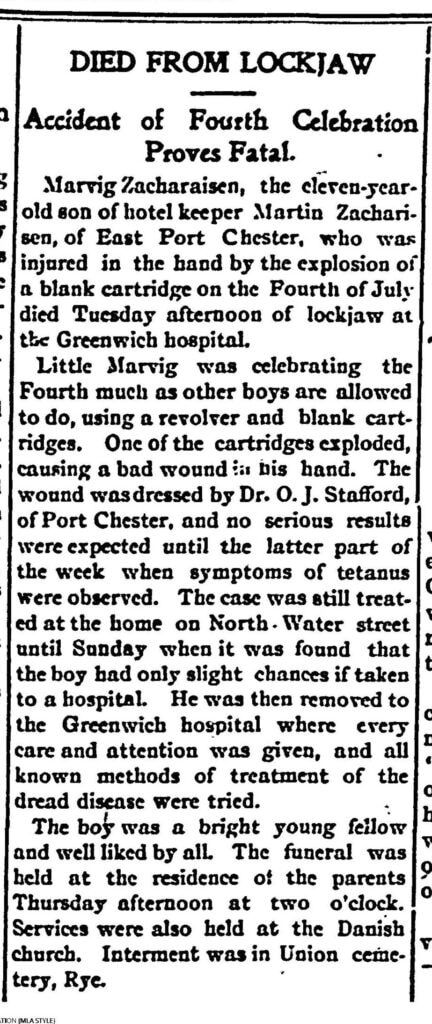
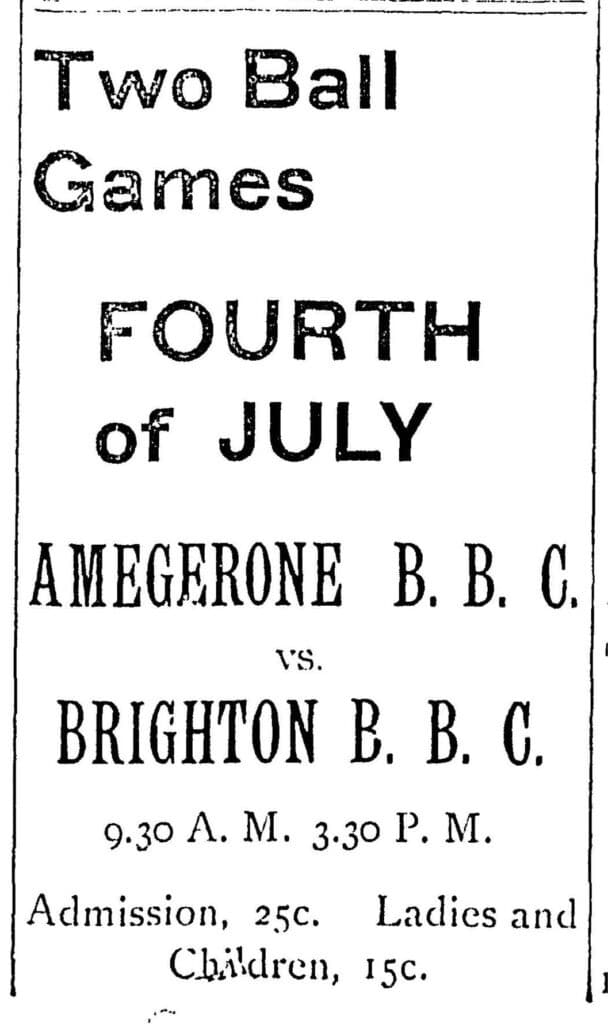
There appears to be some conflicting information as to where and when this movement first started. Some accounts credit a man named Charles Pennypacker from West Chester, Pennsylvania as initiating the drive for a “safe and sane” Fourth in 1903. Other sources cite the concerted efforts by women’s groups in Cleveland, Ohio in 1908 that led to a firework-banning ordinance in that city.
Local newspaper accounts indicate that the celebration of the Fourth of July in Greenwich in the latter half of the 19th century was a relatively calm, laid back affair. There was horse racing at Field Point Park, boat races and firework displays at local yacht clubs, baseball games, and family gatherings. The ringing of church bells was also a traditional feature. Accounts after the turn of the century highlight injuries associated with the holiday more frequently, but it is difficult to judge from these accounts alone if this was a marked change.

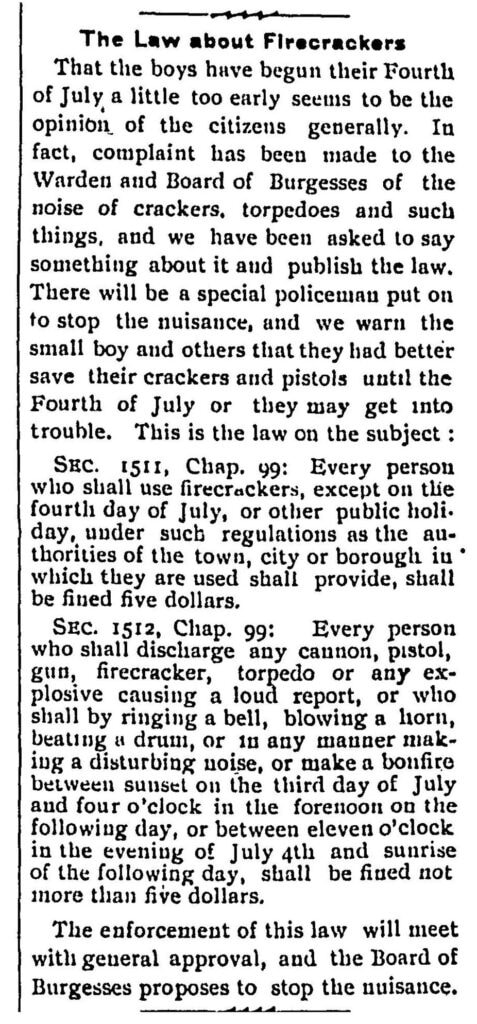
The Borough of Greenwich enacted a law in 1902 restricting the use of firecrackers “except on the Fourth day of July, or other public holiday.” This was in response to noise complaints made when people set off fireworks before and after the holiday. Safety concerns did not seem to factor into the decision.
Advertisements by local firework vendors seem to have co opted the “Safe and Sane” moniker to market the sale of purportedly less dangerous versions of these devices. This is an interesting example of using familiar language for marketing of activities that were at odds with the intent behind the “Safe and Sane” efforts.

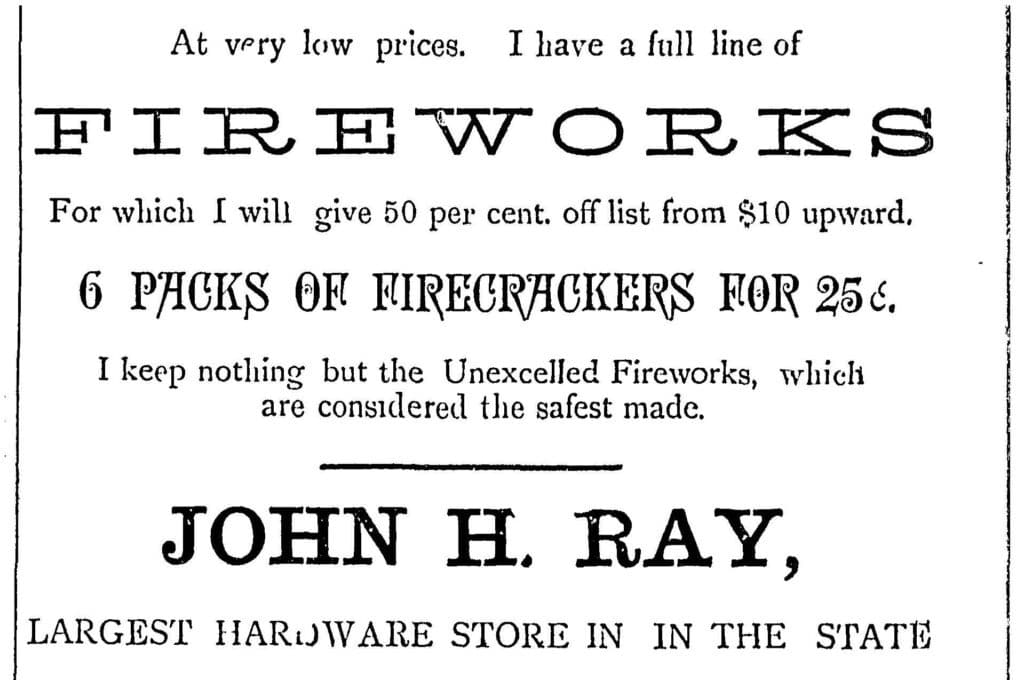
A town committee formed in 1914 was tasked with organizing Greenwich’s Safe and Sane Fourth. Wartime restrictions soon after limited the availability of fireworks soon after. The “Safe and Sane Fourth” movement seems to have become less prevalent after the 1920s, although many local laws regarding fireworks that were initiated by proponents during its heyday are still in effect around the country.

Enjoy the Fourth with your friends and family. Have fun and be safe!
If you would like to learn more about the “Safe and Sane Fourth” movement, see the links below.
For more information:
Have a “Safe and Sane” Fourth of July | Headlines & Heroes (loc.gov)
SAFE AND SANE FOURTH OF JULY | Encyclopedia of Cleveland History | Case Western Reserve University
The 1900s Movement to Make the Fourth of July Boring (but Safe) | Smithsonian (smithsonianmag.com)
